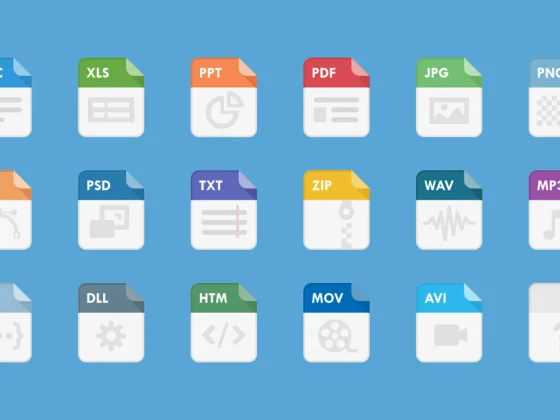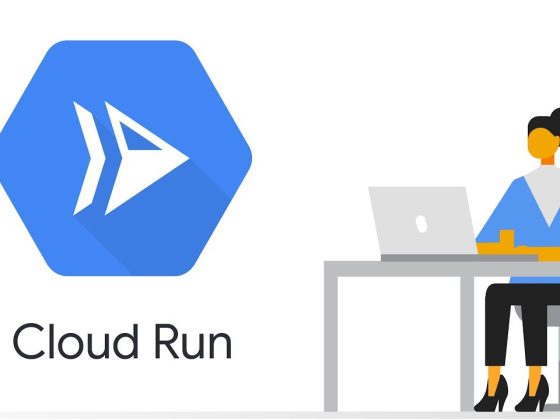Modern product management philosophy encourages teams to use user-centered design, lean startup techniques, and agile development practices to build successful products that meet customer needs and respond to changes in technology and the marketplace. These concepts have become commonly accepted methods for building software that has a graphical user interface, serving what is considered a traditional customer—someone who is buying a product or using a product as part of nontechnical workflows.
At VMware Tanzu Labs, as we scale this product mindset across large portfolios and complex products, we often find we need to spread the work across multiple teams so that we can keep teams small. This often results in product teams that are dedicated to an API or service; however, the product mindset (feedback, measuring success, being user-centered) has a tendency to break down once our product team is no longer responsible for building a graphical user interface. Applying the same principles of product management that we use with end user–facing products to all types of software applications helps us achieve better outcomes, more usable APIs, and more effective management of our resources.
From our partners:
User-centered design for APIs
Users of an API are not the classic users we often think of when creating personas. Instead of a nontechnical user interacting with your product to accomplish a task, your users are developers interacting with your product via endpoints. This doesn’t mean we should throw out user-centered design. In fact, user-centered design methods help us ensure API products are easy to use, increasing adoption from the start. Do research with your developer users to understand their mental models and what they need to accomplish by accessing your API.
Lean and agile for API development
Using the outputs of your research to prioritize and identify a minimum viable product is just as important for APIs as for other products. By delivering valuable features early, you can validate what you’re building and use feedback from users to inform your next steps and identify any adjustments you need to make.
To ensure you have the same agility as with other types of products, build your API iteratively and create opportunities to adjust to new information by delivering new features iteratively, rather than designing and building the whole API up front. It’s likely that there are a few key features that most developers need from your API that you can deliver sooner, and then build out more edge cases and enhancements once you start getting feedback from developers interacting with the API.
Feedback loops for APIs
Writing user stories may seem a bit strange for a product without a graphical user interface. However, the benefits of user stories to a product team still apply when building an API. By writing small, user-focused stories, the product team can align on value to deliver and ensure tight feedback loops between product managers, designers, and developers. Personifying the application that will call your API, known as creating a machina persona, is especially helpful for writing clear user stories, and allowing the product manager to acceptance-test new features as they’re delivered.
Measuring success of an API product
It’s just as important to measure the success of an API product as it is any other product. Every organization has limited resources for development. If no one is consuming your API, or your customers are frustrated with it, you need ways of identifying this and making improvements so as not to spend resources on something that isn’t helping your organization achieve its goals.
When evaluating user adoption, consider the whole chain of customers of your API—developers, the business those developers work for, and the customers of that business. Balance qualitative feedback from these sources with key metrics such as conversion rate, retention, request volume, and latency to ensure your API is achieving your business goals and meeting customer needs.
New to API product management?
If you’re a product manager who is new to working on products without a graphical user interface, don’t worry—as we’ve outlined here, the same principles and strategies apply. For a deeper dive on the special considerations of managing API products and applying a product mindset to development of APIs, check out this white paper giving an introduction to API product management.
And for more insights, tune in to our webinar, APIs Are Products Too: Strategic Product Management for APIs, airing live on February 24 and available for replay afterward.
By BECKI HYDE
Source VMware Tanzu
For enquiries, product placements, sponsorships, and collaborations, connect with us at [email protected]. We'd love to hear from you!
Our humans need coffee too! Your support is highly appreciated, thank you!








